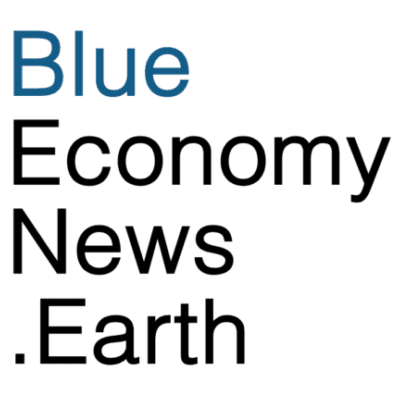Ocean Visions has released a draft report outlining a prioritized research agenda for phytoplankton-based carbon dioxide removal. This potential set of climate solutions would build on the enormous productivity of ocean phytoplankton to capture and sequester additional CO₂ in the ocean.
The ocean sequesters 30% of all CO₂ emissions and 90% of the heat from climate change. However, excessive production of CO₂, that is then absorbed by the ocean, is resulting in a chemical imbalance leading to acidification, damaging ocean health. mCDR aims to collect CO₂ from the ocean, potentially helping to restore the balance. Phytoplankton is one of the ocean’s main ways to do this naturally.
Phytoplankton mCDR involves adding nutrients to nutrient-limited parts of the ocean to stimulate growth of phytoplankton—the base of the ocean food web. Phytoplankton take up CO₂ via photosynthesis, and then lock it away when they die and sink to the deep ocean.
The draft report, developed through extensive expert consultation and literature review, identifies what is known and still unknown about this marine carbon dioxide removal (mCDR) pathway, and where the highest priority research and development is needed to close knowledge gaps and inform risk-benefit assessments. The organization is currently seeking feedback and response to the draft report and its recommendations until October 30, 2025.
“Phytoplankton are among the most productive organisms on the planet, with great promise in helping clean up carbon pollution, but our understanding of many critical science questions is still insufficient. We need rigorous scientific research to close key knowledge gaps,” said Ocean Visions Senior Fellow and report co-author Eric Schwaab. “This report proposes a research road map to determine whether these potential approaches can be among the solutions needed to clean up the pollution that is currently causing so much damage to our climate and our ocean.”
The draft report maps the current landscape of phytoplankton-based carbon solutions, including ongoing science work, emerging approaches, and the scientific, technological, and socio-economic questions that remain. It identifies eight priority areas for research, proposes methods to reduce uncertainty, and recommends a phased decision-making structure. The request for public comment outlines a number of questions where we are seeking additional expert opinion.
“This initiative is all about building a robust and objective knowledge base to guide informed decisions by the public, stakeholders, and policymakers,” said Schwaab. “We must move ahead quickly with the research needed to determine which carbon removal pathways will meet society’s needs, and which should be discarded.”

